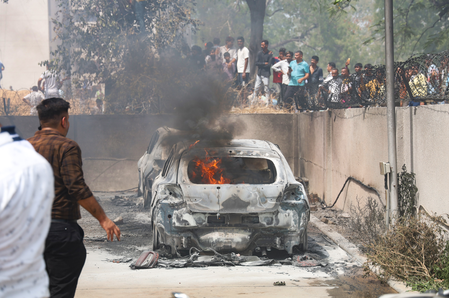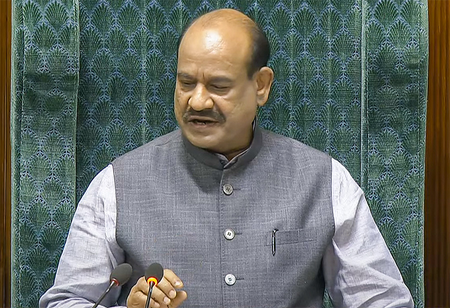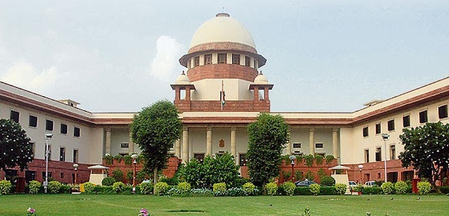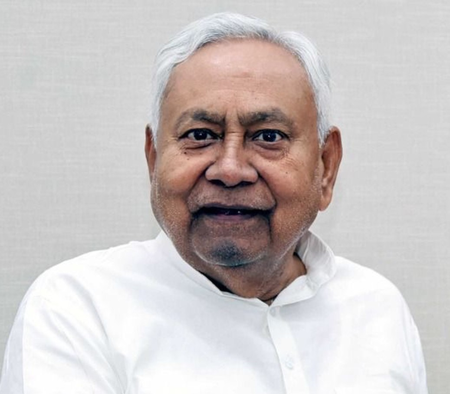
New Delhi, June 12 (IANS) Amid the nationwide mourning over the deaths in the Ahmedabad air crash, all eyes will be on the findings of the inquiry, as any “omission” on the part of the airline may have huge implications on the subsequent award of compensation.
The Carriage by Air Act 1972 is the guiding statute on the compensation that the victims and their kin get in the event of injury or death, and the final relief amount would be higher than the limited liability of the carrier if any “omission” on its part is proved.
A clause related to limited liability of an airline stipulates a maximum amount (francs 2,50,000) that the carrier is supposed to pay to a victim under Rules 17 and 22 of the Second Schedule to the Carriage by Air Act 1972.
Rule 17 of the Act says, “The carrier is liable for damage sustained in the event of the death or wounding of a passenger or any other bodily injury suffered by a passenger, if the accident which caused the damage so sustained took place on board the aircraft or in the course of any of the operations of embarking or disembarking.”
However, the maximum amount of compensation allowed under Rule 17 is rendered inapplicable if the victim or his kin manage to prove, in court, recklessness on the part of the airline or its employees.
The compensation amount can be higher than the stipulated limited liability amount if it is proved that the damage resulted from an act or omission of the airline done recklessly and with knowledge that damage would probably result, to render the limit of liability inapplicable.
Rule 25 of the Second Schedule to the Carriage by Air Act, 1972, says, “The limits of liability specified in Rule 22 shall not apply if it is proved that the damage resulted from an act or omission of the carrier, his servants or agents, done with intent to cause damage or recklessly and with knowledge that damage would probably result; provided that, in the case of such act or omission of a servant or agent, it is also proved that he was acting within the scope of his employment.”
India is a signatory to the Warsaw Convention 1929, and the Warsaw Convention as amended by the Hague Protocol 1955, which forms the foundation of an international legal regime governing the liability of air carriers for injury or death of passengers. The two were given effect by the Carriage by Air Act 1972.
In the 1988 air crash at Ahmedabad that killed 133 people, the family members of the deceased were involved in a protracted legal battle for higher compensation that ended in their favour in 2009, after a wait of over two decades.
–IANS
rch/svn




